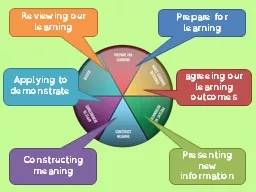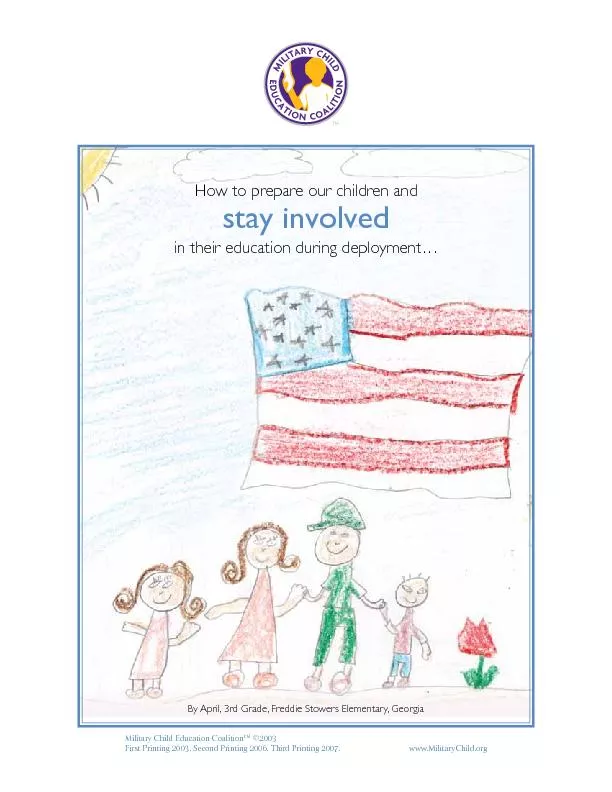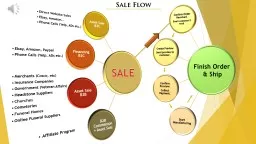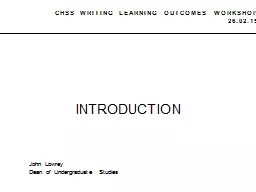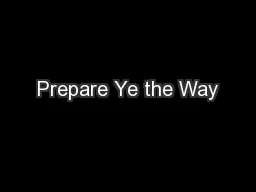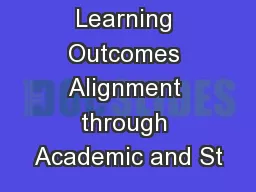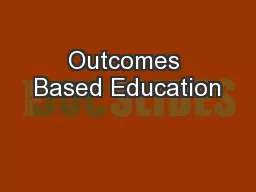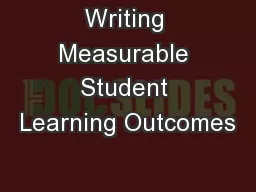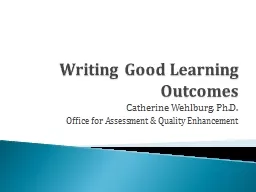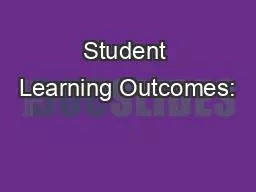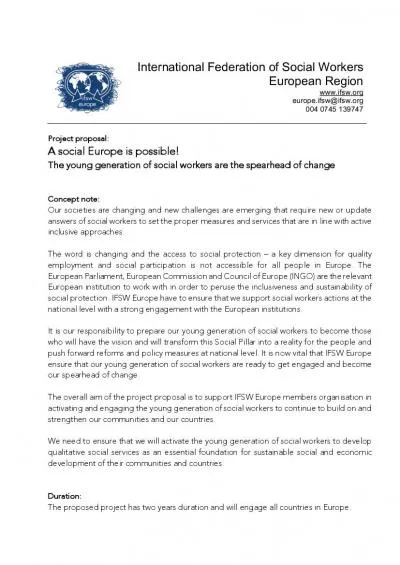PPT-Prepare for learning a greeing our learning outcomes
Author : tatyana-admore | Published Date : 2019-01-31
Presenting new information Constructing meaning Applying to demonstrate Reviewing our learning Please open your planners to your redambergreen pages and be ready
Presentation Embed Code
Download Presentation
Download Presentation The PPT/PDF document "Prepare for learning a greeing our learn..." is the property of its rightful owner. Permission is granted to download and print the materials on this website for personal, non-commercial use only, and to display it on your personal computer provided you do not modify the materials and that you retain all copyright notices contained in the materials. By downloading content from our website, you accept the terms of this agreement.
Prepare for learning a greeing our learning outcomes: Transcript
Download Rules Of Document
"Prepare for learning a greeing our learning outcomes"The content belongs to its owner. You may download and print it for personal use, without modification, and keep all copyright notices. By downloading, you agree to these terms.
Related Documents

